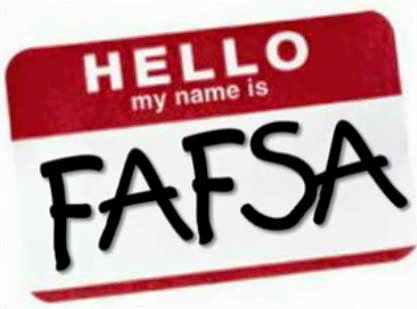
If you're a senior, you are probably relieved that college applications are a thing of the past (almost for some of you!). As you settle into the decision waiting game, it's time to really focus on the FAFSA. In just over a week, the FAFSA goes live, on January 1.
It is of high importance that you don't delay completion of the FAFSA. In fact, you can get started before the new year by getting a Federal Student Aid PIN. Visit www.pin.ed.gov. Both you and your parent will need to create a PIN to sign the FAFSA electronically. If you do not have a social security number, you cannot get a PIN. Instead, you will have to print and sign a signature page to be mailed to the US Department of Education Federal Student Aid Office.




